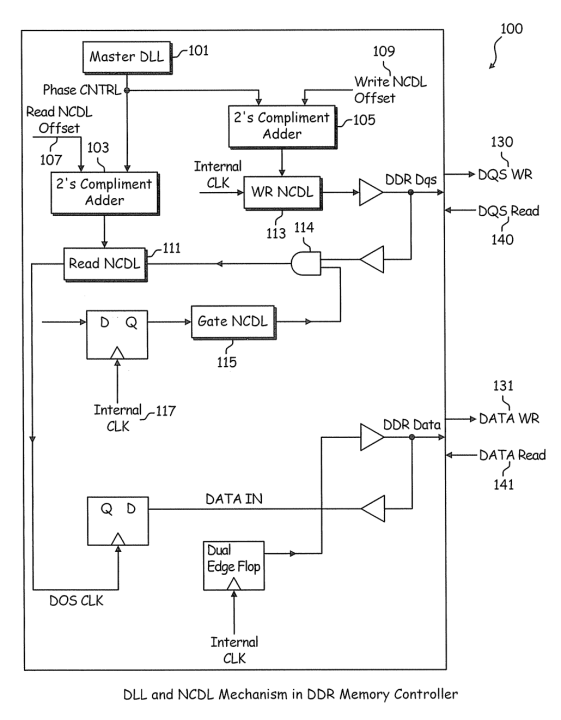In the ever-changing regulatory climate, the most effective tool at the hands of global tax authorities is information. The more data they can collect on taxpayers, the more effective they will be. Included in what auditors look for is information made available by the increased transparency required by regulations and Country-by-Country (CbC) reporting. In addition, tax authorities look to third-party data providers to fill in any gaps. It is up to tax departments and consultants to make sure they know what auditors look for, and are armed with the same information when conducting transfer pricing research.
Movement of Intangibles
Auditors are more prepared than ever. Long gone are the days when transfer pricing professionals can provide a report to an auditor without the auditor having conducted their own thorough research on the company’s activities. Specifically, tax authorities are tracking changes in company intangibles holdings by monitoring intangible movement from one entity to other related entities. Such movement could signal changes to corporate tax reporting, raising a red flag.
Geographic Territories of IP
Understanding where companies file, and look to file, patents and trademarks gives tax authorities insights into a number of things. For example, this indicates where the company wants intangibles protection. In turn, it reveals the territories in which they hope to incur revenue and book profits. By accessing publicly filed agreements on taxpayers, what auditors look for are insights into potential CUT/CUPs to be used for benchmarking data analysis. Additionally, this gives them access to inter-company agreements that provide insights into how the company is transacting and operating with its related parties.
Knowing What’s Out There
It is unwise to rely on companies to have access to all the information available to them. While the data may exist internally, many legal departments and licensing teams withhold relevant information from tax departments. Often deemed too sensitive and confidential, this information isn’t shared between departments unless specifically requested. It doesn’t help that tax departments often either don’t want access to or wish to avoid the hassle of requesting the information.
This begs the question: How can I ensure I have access to the necessary information needed to protect and advise my company?
The simple answer is to look into additional sources and avenues of data.
Find Relevant Information with ktMINE Profiles
Global tax authorities use ktMINE’s Profiles App to expedite transfer pricing research. Profiles answer an extremely important question: What company information is available to tax authorities that could come back to haunt my transfer pricing analysis? With Profiles, users have access to:
- all the agreements in the public domain
- intangibles transactions recorded with government agencies (to track who owns the IP)
- the geographical locations in which a company owns IP
In essence, you can access in a single place all the information tax authorities currently seek, access, and compile. Make sure you’re prepared for your next audit.




